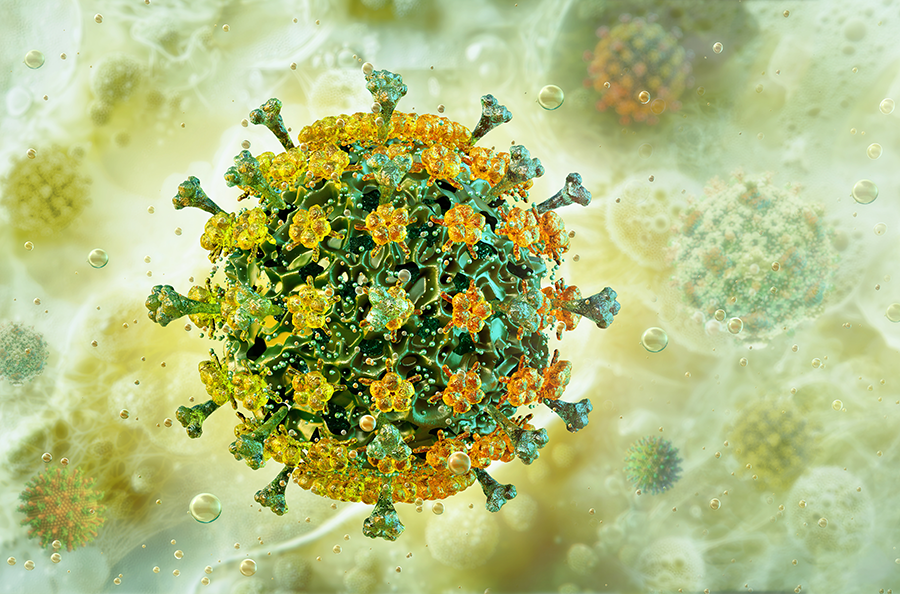Avian Influenza- Other Subtypes
Explore
Discover comprehensive information and resources on avian influenza that have recently emerged.

About Avian Influenza
To learn more about the current worldwide HPAI H5N1 outbreak, click here.
According to the Centers for Disease Control and Prevention (CDC), avian influenza, commonly known as bird flu, is a disease resulting from the infection with avian (bird) influenza Type A viruses. These viruses are typically found among wild aquatic birds globally and can also infect domestic poultry as well as other bird and animal species. While bird flu viruses do not usually infect humans, there have been instances of sporadic human infections.
Avian influenza is classified into subtypes based on two surface proteins: hemagglutinin (H) and neuraminidase (N). There are 16 H subtypes and 9 N subtypes, leading to numerous combinations. The viruses can be further categorized into highly pathogenic avian influenza (HPAI) or low pathogenic avian influenza (LPAI), depending on their capacity to cause disease in poultry.
Explore
- In February 2025, China reported two human cases of H9N2.
- In May 2024, a man in Mexico died from the H5N2 strain.